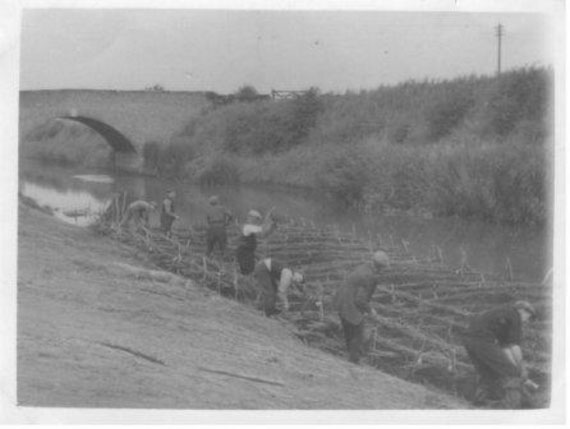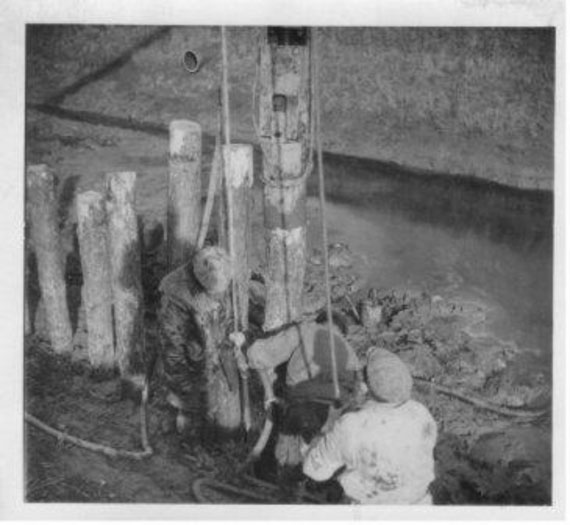
History
Reducing Flood Risk
The Board and its predecessors have been very successful in reducing flood risk over the years, with a pedigree of over 100 years in the business. So successful in fact, that many people living and working in the area know nothing of the Water Management Board and the vital work that we do to help prevent flooding and drought, protect the environment and facilitate land use.
Measuring Success
Our success is inevitably measured by what does not happen rather than what does happen, which means that if flooding or drought does not occur frequently the value of what we do is sometimes questioned. But it is precisely because we continually maintain, improve and watch over the drainage system that we are actually able to reduce the risk of flooding and drought, protect the environment and facilitate land use.
Evolution
Great strides forward have been made over the years: the system of drainage which was based on an individual’s liability to repair a particular stretch of drain gave way to the small Board centred on a particular drain or outfall. The coming of expensive machinery and modern methods resulted in their amalgamation into an organisation big enough to employ the professional staff and own the machinery and equipment essential to efficient drainage but crucially, without losing the intimate contact with the land, which is at the very heart of good drainage and water level management.
Legal Chronology
The East Suffolk Internal Drainage Board Order 2008 (Statutory Instrument 2008 No.750). This Order constituted East Suffolk IDB in 2008 from an amalgamation of 8 Internal Drainage Boards:
- Alderton, Hollesley and Bawdsey Drainage Board
- River Blyth Internal Drainage Board
- River Deben Internal Drainage Board
- Fromus, Alde and Thorpeness Internal Drainage Board
- River Gipping Internal Drainage Board
- Lower Alde Internal Drainage Board
- Minsmere Internal Drainage Board
- Upper Alde Internal Drainage Board
The East Suffolk Internal Drainage Board Order 2023 (Statutory Instrument 2023 No.364). This Order re-constituted the Board with effect from 24 March 2023 to reduce the number of elected members from 11 to 10 and the number of Electoral Divisions from 5 to 1. This Order also changed the name of East Suffolk Internal Drainage Board to East Suffolk Water Management Board.




